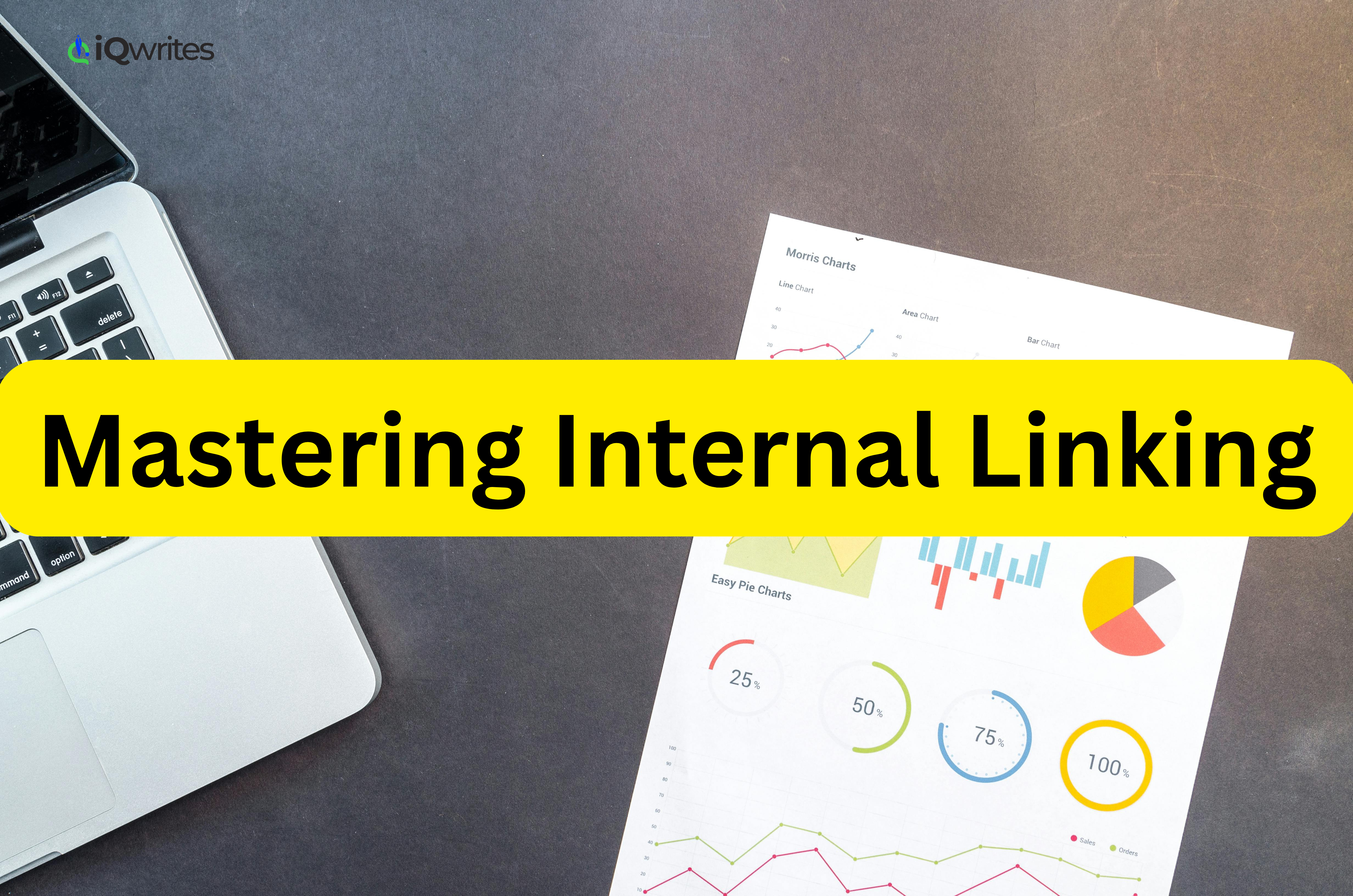Internal linking is a powerful SEO strategy that can significantly enhance your website’s performance in search engines. While many focus on external backlinks, mastering internal links is crucial for improving your site’s structure, user experience, and search engine rankings. This article will delve into the importance of internal linking, provide actionable tips, and guide you on how to optimize your internal linking strategy effectively.

What is Internal Linking?
Internal linking refers to hyperlinks that connect one page of your website to another page within the same domain. Unlike external links that direct users to different websites, internal links help guide visitors through your site and aid search engines in understanding the content hierarchy and relationships.
Why Internal Linking Matters for SEO
- Enhances Crawlability: Search engines use links to navigate the web. Internal links help search engine bots discover your pages, making it easier for them to index your content. A well-structured internal linking strategy ensures that all important pages on your site are easily accessible.
- Distributes Page Authority: Every page on your site has a certain amount of authority, often referred to as “link juice.” Internal linking allows you to pass this authority from high-performing pages to lower-performing ones. This can help boost the rankings of less visible pages.
- Improves User Experience: Effective internal linking keeps users on your site longer by guiding them to related content. This reduces bounce rates and increases dwell time—two factors that can positively impact your SEO rankings.
- Increases Page Views: By strategically placing internal links, you encourage visitors to explore more of your content. This can lead to higher engagement and a better chance of conversion.
- Supports Content Organization: Internal links help establish a clear structure for your site, making it easier for both users and search engines to navigate. A logical flow of information enhances the overall user experience.
5 Overlooked SEO Hacks You Need to Try Today
Tips for Mastering Internal Linking
- Create a Logical Site Structure:
- Use Categories and Subcategories: Organize your content into categories and subcategories that make sense. For example, if you run a blog about cooking, you might have categories like “Recipes,” “Cooking Tips,” and “Kitchen Tools.”
- Hierarchy of Content: Place your most important pages (cornerstone content) at the top of your structure. This makes it easier for search engines and users to find them.
- Use Descriptive Anchor Text:
- Relevance is Key: The text you use for your internal links (anchor text) should accurately describe the content of the linked page. For example, instead of using “click here,” use “learn more about our baking tips.”
- Keyword Optimization: While you don’t want to overdo it, incorporating relevant keywords in your anchor text can provide additional context for search engines.
- Link to Important Pages:
- Identify Cornerstone Content: Determine which pages on your site are most important for your business goals. These could be high-traffic pages, product pages, or content that you want to rank higher in search results.
- Strategically Place Links: Make sure these important pages are linked from various other pages across your site to enhance their visibility.
- Limit the Number of Links per Page:
- Avoid Overlinking: While internal links are beneficial, too many can confuse users. Aim for 3-5 relevant internal links per page. This ensures that your links are meaningful and not overwhelming.
- Regularly Audit Your Internal Links:
- Use SEO Tools: Tools like Screaming Frog, Ahrefs, or Google Search Console can help identify broken links and opportunities for new internal links. Regular audits ensure that your internal linking structure remains healthy and effective.
- Update Old Content: As you publish new content, revisit older posts to add internal links to relevant new pages. This keeps your content interconnected and enhances its value.
- Utilize Related Posts and Content Recommendations:
- Automated Suggestions: If you’re using a content management system (CMS) like WordPress, consider plugins that automatically suggest related posts. This can encourage users to explore more content without requiring manual link placement.
- Manual Recommendations: At the end of your blog posts, include a section for “Related Articles” to encourage further reading.
- Monitor User Behavior:
- Analytics Tools: Use tools like Google Analytics to track how users navigate your site. Pay attention to which internal links are clicked most frequently and which pages have high exit rates. This data can inform your internal linking strategy.
- Create a Site Map:
- Help Users and Search Engines: A site map provides a clear overview of your site’s structure. It can be beneficial for both users looking for specific information and search engines trying to index your content. Ensure your internal links are consistent with your site map for optimal navigation.
Essential Checklist: Key Considerations for Your SEO Audit
Conclusion
Mastering internal linking is a crucial aspect of effective SEO that can yield significant benefits for your website. By creating a logical site structure, using descriptive anchor text, and regularly auditing your links, you can improve your site’s crawlability, distribute authority, and enhance user experience.
Start implementing these strategies today, and watch your site’s performance improve in search engine rankings and user engagement. Internal linking is not just an SEO hack; it’s a fundamental practice for building a successful online presence.

